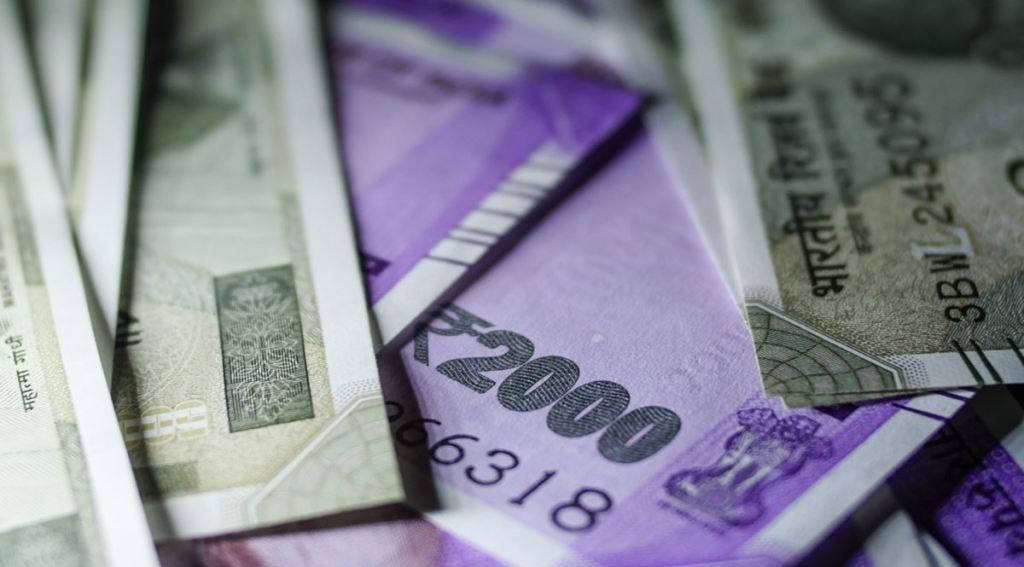The Central government has spent much more than what it got via several cesses, including the road and infrastructure one, a top source said on Wednesday, amid allegations that it has been using this route to corner a large chunk of funds, thus depriving states of their legitimate revenue share. Cesses are not part of the divisible tax pool that is shared with states.
The Centre, for instance, collected Rs 2.03 trillion in road and infrastructure cess last fiscal but ended up spending Rs 2.5 trillion (RE). “This year, we expect a collection of Rs 1.38 trillion and we are likely to spend about Rs 2.95 trillion on that account,” said the source.
Importantly, states are the biggest beneficiaries of these projects that are partly-funded by this cess proceeds, including Prime Minister Awas Yojana, Sagarmala, the PM Gram Sadak Yojana, investment in NHAI and railway safety, said the source.
The Centre ceded considerable autonomous fiscal space when the goods and services tax subsumed as many as 18 cesses. The mop-up from these cesses was as much as Rs 56,641 crore in FY17, just before the indirect tax regime was implement from July 2017.
“This means that what was otherwise going only to the Centre, is now also shared with the states as per the devolution formula,” said the source.
Moreover, some of the remaining cesses like the health and education cess and the cess for central road and infrastructure fund have funded various important schemes and development activities. Importantly, the Centre has provided more than the actual collection to various schemes which are funded from these cesses.
While the mop-up under the health and education cess was to the tune of Rs 47,307 crore in FY22, the spending was Rs 53,846 crore.
In FY23, against the budgeted collection of Rs 81,499 crore, the expenditure on this account is estimated to be Rs 86,100 crore.
Some of the important schemes that are funded by this cess collection are National Health Mission, PM Poshan and Samagra Siksha.


